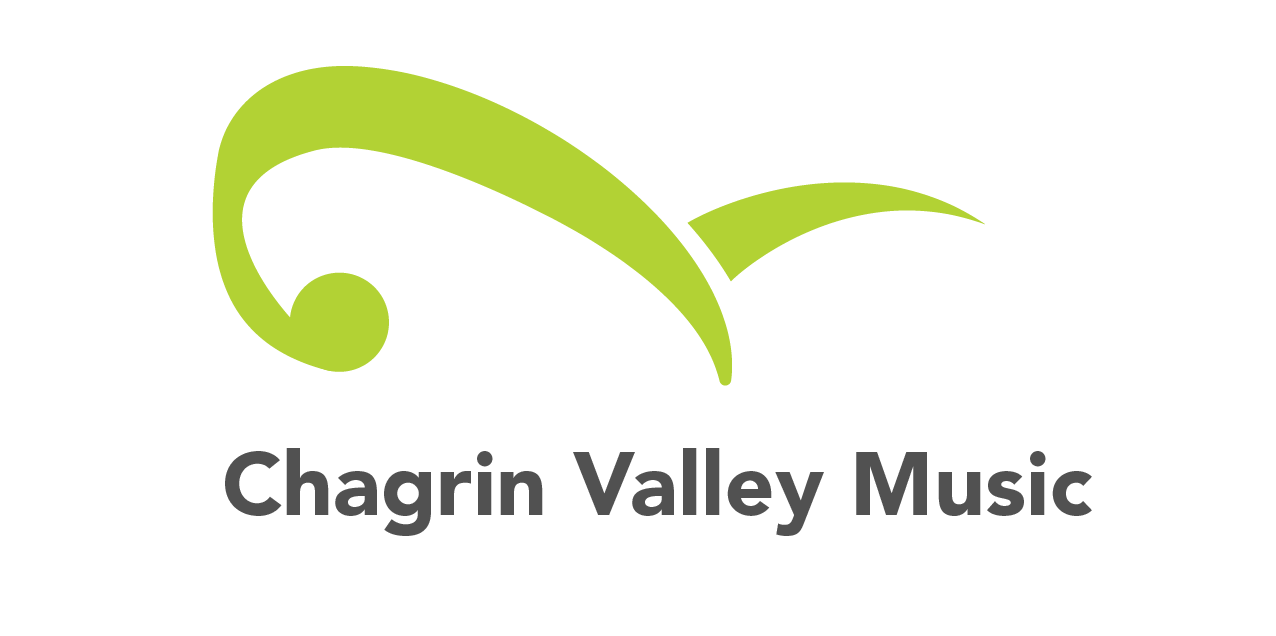Drum notation may look intimidating at first—lots of lines, dots, and symbols—but once you understand the basics, it’s your roadmap to rhythm.
At Chagrin Valley Music, we help new drummers learn to read drum music so they can practice effectively and play confidently in any style.
Here’s a simple guide to get you started.
What Is Drum Notation?
Drum notation is the written language of percussion. It tells you which drums or cymbals to hit, when to hit them, and how long to play each note.
Unlike melodic instruments, drum notation doesn’t show pitch—it shows rhythmic placement and instrument location on the drum set.
The Drum Staff
Drum music is written on a five-line staff, just like standard sheet music—but each line and space represents a different part of the drum kit.
Here’s the basic layout:
| Drum / Cymbal | Staff Position | Notes |
|---|---|---|
| Hi-hat | Top line (x-note head) | Played with right hand or foot |
| Ride cymbal | Top space (x-note head) | Played with right hand |
| Snare drum | 3rd space | Played with left hand |
| Bass drum (kick) | Bottom space | Played with foot |
| Tom-toms | Middle to upper lines/spaces | Played with hands |
| Crash cymbal | Above top line (x-note head) | Usually on beat 1 or accents |
💡 Tip: The “x” note head usually indicates cymbals, while regular round note heads are for drums.
🥁 Understanding Note Values
Drum notation uses standard rhythm symbols for note length:
- Quarter note (♩): 1 beat
- Eighth note (♪): ½ beat
- Sixteenth note (♫): ¼ beat
- Whole note (𝅝): 4 beats
Rests (pauses) look the same as in regular music and show when not to play.
🎵 Reading a Basic Rock Beat
Here’s what a common rock groove looks like in notation form:
Hi-hat: x-x-x-x-x-x-x-x
Snare: ----o-------o---
Kick: o-------o-------
How to count it:
1 & 2 & 3 & 4 &
- The hi-hat plays steady eighth notes (x).
- The snare plays on beats 2 and 4.
- The kick plays on beats 1 and 3.
That’s the foundation of hundreds of rock, pop, and funk songs!
🎯 Tips for Learning Drum Notation
- Start simple: Practice reading basic rhythms before full drum set parts.
- Count out loud: This helps internalize timing.
- Use a metronome: Keeps your rhythm steady.
- Learn patterns by feel: Reading is a guide, but drumming is physical.
- Take lessons: A teacher can help you interpret complex rhythms faster.
🛠 Chagrin Valley Music Tip
Reading drum notation opens up a world of music—from rock and jazz to marching and orchestral percussion. Our drum instructors can help you:
- Learn notation step-by-step
- Build coordination between hands and feet
- Read rhythms confidently in any time signature
